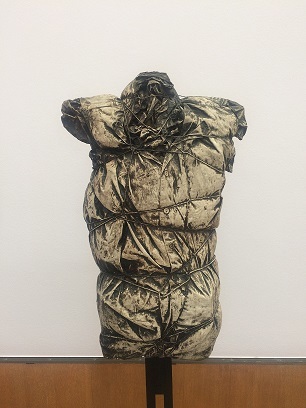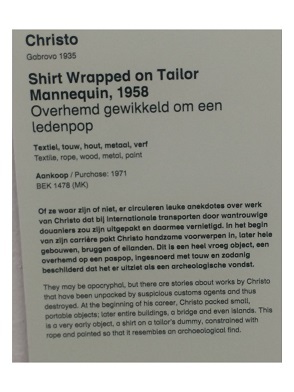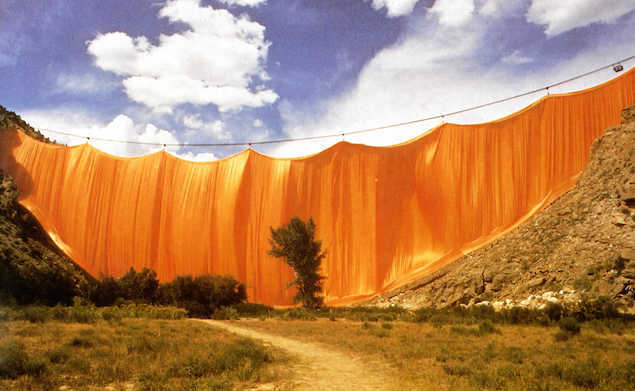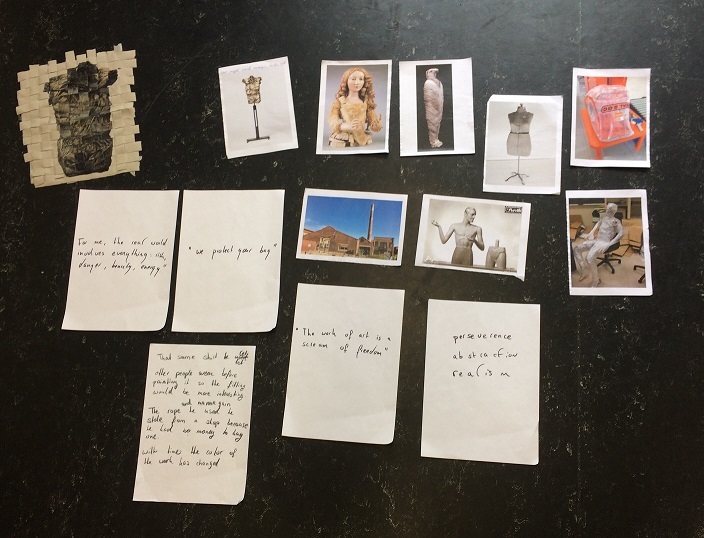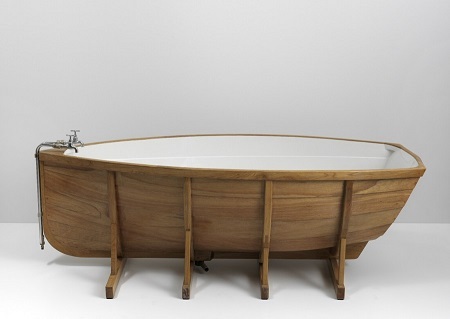User:Andres Matos
Contents
Welcome to my page!
C H R I S T O
Christo Vladimirov Javacheff and Jeanne-Claude were a married couple who created environmental works of art. Christo and Jeanne-Claude were born on the same day, June 13, 1935; Christo in Gabrovo, Bulgaria, and Jeanne-Claude in Morocco. They first met in Paris in October 1958 when Christo painted a portrait of Jeanne-Claude's mother. They then fell in love through creating art work together.
Their works include the wrapping of the Reichstag in Berlin and the Pont-Neuf bridge in Paris, the 24-mile (39 km)-long artwork called Running Fence in Sonoma and Marin counties in California, and The Gates in New York City's Central Park.
Credit was given to "Christo" only, until 1994, when the outdoor works and large indoor installations were retroactively credited to "Christo and Jeanne-Claude." They flew in separate planes: in case one crashed, the other could continue their work.
Jeanne-Claude died, aged 74, on November 18, 2009, from complications of a brain aneurysm.
Although their work is visually impressive and often controversial as a result of its scale, the artists have repeatedly denied that their projects contain any deeper meaning than their immediate aesthetic impact. The purpose of their art, they contend, is simply to create works of art for joy and beauty and to create new ways of seeing familiar landscapes.
Art critic David Bourdon has described Christo's wrappings as a "revelation through concealment."[3] To his critics Christo replies, "I am an artist, and I have to have courage ... Do you know that I don't have any artworks that exist? They all go away when they're finished. Only the preparatory drawings, and collages are left, giving my works an almost legendary character. I think it takes much greater courage to create things to be gone than to create things that will remain."[4]
A r t e f a c t
Shirt wrapped around mannequin, Christo, 1958
The Library, Christo, Rizzoli New York, Books, Marina Vaizey, Published 1990
V i s u a l P r e s e n t a t i o n
My specific craft lies in relation with newer technologies are:
What if the paint he used was done with an airbrush or graffiti.
The garment used was a sweater instead of a mensshirt and a kable (smartphone charger) instead of a rope? By doing this i would be using a more contemporary medium to give the artefact a different meaning. The easthetic would be more street and new instead of antique and historic.
What if there were’nt mannequins?
What if the artefact was litteraly kopied and printed onto a fabric as an image
To make it 2d instead of 3d. By doing this I would be using the printer as a newer technologie. After this i could use the printed image to make another form of it. This way the context of the artefact would be different.
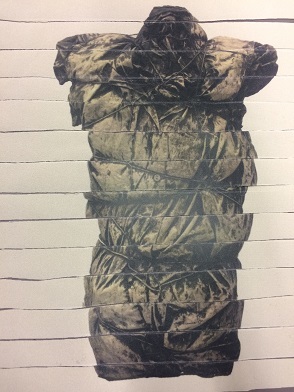
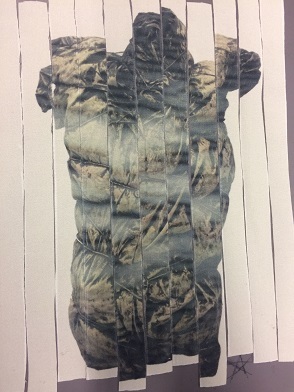
What if this artefact (shirt wrapped around mannequin, Christo, 1958) was actually made into a garment?
I wanted to make a garment by using the wrapping technique as inspiration but using other material to give it another meaning. I wanted it to give a sensual meaning because the wrapping with rope around the artefact gave me a sensual connotation. Also since the artefact is quite messy and chaotic, I was curious what would happen if I soften it as a contrast. How can I translate this connotation to a garment? And what is a sensual material that i can use to make the garment? My first idea for sensual material was a sheer material, for example lingerie. That got me thinking that there isn’t really lingerie for men so, what if I use women's lingerie as inspiration to make men’s lingerie, or simply to make mens clothes to give it a sensual meaning. I think that this idea, to make the mens contemporary image more sensual, is a contemporary idea. Specially when you look at the cultural changes that are happening. Women are rising to the top and the stereotypical image and role of the men has been challenged more and more especially the past few years. So I thought this could be interesting.
The first and the last lie speak to me the most. Since I allready choose the last one i’m sticking to that but im curious how the first lie would turn out. In the last lie there isn’t really new technologie included(if you dont include the technologie that has been used to knit the panty) so I have to see how I can incorperate this into the piece. However im curious about the possibilities. Therefore im making a serie to show the possibilities of the wrapping technique.
S p e c u l a t i v e F u t u r e
Speculative Future
Badboot, Wieki Somers, Studio Wieki Somers, 't Vliehout (in 2005)
Since there is a contradiction in this artwork, I thought about going on this idea. I wanted to make a boat that you can fold like origami so its easier to cary in the future. However the material doesn't exist that can offer a DIY construction to fold and carry people on it. So the boat becomes useless.
